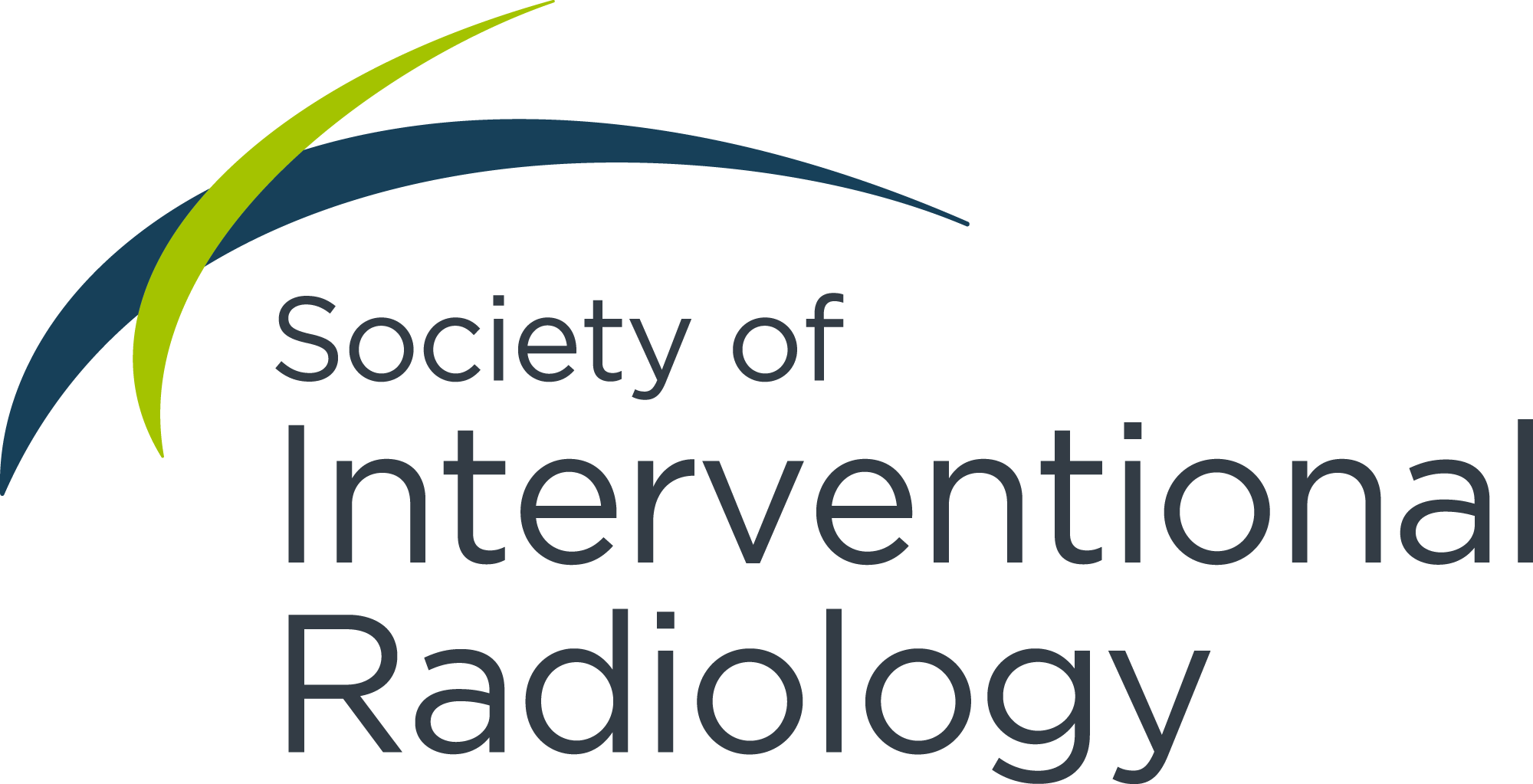The Center for Devices and Radiological Health (CDRH), a branch within the U.S. Food and Drug Administration (FDA), is responsible for regulating and approving medical devices such as the ones used by interventional radiologists every day.
This work is accomplished through a combination of in-house staff, advisory committees and FDA’s Network of Experts program, a partnership with professional organizations including SIR.
The society calls on its members to share their expertise with FDA staff by assisting in answering specific questions posed by FDA to help inform CDRH’s regulatory work. From staff positions to advisory committees to expert advice, there are multiple opportunities for IRs to help further the CDRH’s mission.
To better understand these opportunities, IR Quarterly spoke with Donald Miller, MD, FSIR, chief medical officer of OHT 8: Office of Radiological Health, and Minhaj S. Khaja, MD, MBA, FSIR, a current member of the CDRH Medical Devices Advisory Committee Circulatory System Devices Panel (CSDP).
Dr. Miller, as CMO of one of the offices within the Office of Product Evaluation and Quality (OPEQ), can you explain its mission?
Donald Miller, MD, FSIR: OPEQ is part of the CDRH. CDRH’s mission is to protect and promote the public health. We ensure that patients and providers have timely and continued access to safe, effective and high-quality medical devices and safe radiation-emitting products. We provide consumers, patients, their caregivers and providers with understandable and accessible science-based information about the products we oversee. We facilitate medical device innovation by advancing regulatory science, providing industry with predictable, consistent, transparent and efficient regulatory pathways, and ensuring consumer confidence in devices marketed in the United States.
What are the differences between the OPEQ offices? Which ones are IRs most likely to encounter?
DM: OPEQ includes eight Offices of Health Technology (OHTs). They all function similarly, assessing devices during all phases of their development and commercialization—product review, quality, surveillance and enforcement.
The OHTs differ only in the medical devices they regulate.
- OHT 1 deals with ophthalmic, anesthesia, respiratory, ENT and dental devices.
- OHT 2 deals with cardiovascular devices, including essentially all vascular devices used outside the brain.
- OHT 3 deals with gastrorenal, OB-GYN, general hospital and urology devices.
- OHT 4 deals with surgical and infection control devices.
- OHT 5 deals with neurological and physical medicine devices, including interventional neuroradiology devices.
- OHT 6 deals with orthopedic devices.
- OHT 7 deals with in vitro diagnostics.
- OHT 8 deals with radiological health, including radiology imaging devices, radiation therapy (including radioactive microspheres) and the Mammography Quality Standards Act (MQSA).
OPEQ also includes an Office of Regulatory Programs (ORP) and an Office of Clinical Evidence and Analysis (OCEA). ORP and OCEA do not deal with specific devices. IRs are most likely to interact with OHT 2, OHT 5 and OHT 8.
How does the Medical Devices Advisory Committee (MDAC) work?
DM: FDA uses committees and panels to obtain independent expert advice on scientific, technical and policy matters. MDAC consists of 18 panels. With the exception of the Dental Products Panel and the Medical Devices Dispute Resolution Panel, each panel consists of a maximum of seven standing voting members (including the chair) and two nonvoting members (a consumer representative and an industry representative). The panels advise the commissioner regarding recommended classification or reclassification of devices into one of three regulatory categories; advise on any possible risks to health associated with the use of devices; advise on formulation of product development protocols; review pre-market approval applications for medical devices; review guidelines and guidance documents; recommend exemption of certain devices from the application of portions of the act; advise on the necessity to ban a device; and respond to requests from the agency to review and make recommendations on specific issues or problems concerning the safety and effectiveness of devices.
Each panel, according to its specialty area, may also make appropriate recommendations to the commissioner on issues relating to the design of clinical studies regarding the safety and effectiveness of marketed and investigational devices. The committees are advisory—they provide their expertise and recommendations—but final decisions are made by FDA.
The CSDP and the Radiological Devices Panel are likely to be of most interest to IRs. Scientific member nominees must be technically qualified experts in their field with experience interpreting complex data. Potential candidates must provide detailed information concerning such matters as financial holdings, employment and research grants and/or contracts in order to permit evaluation of possible sources of conflict of interest.
Dr. Khaja, how did you become involved in the CDRH?
Minaj S. Khaja, MD, MBA, FSIR: When I was nominated for the role on the CSDP in late 2020, I was very excited about the potential to represent IRs in a multidisciplinary fashion. In this role, I felt I would be able to harmonize my clinical experience as well as research background in advocating for patient safety.
After completing several screening documents and a virtual interview, I was accepted onto the panel. Since joining as a special government employee in 2020, I’ve participated in two separate advisory panels.
What does your work with the MDAC entail?
MK: My work, and that of the other panelists, entails a thorough review of a specific issue with a device or devices that are under review by the FDA. These issues may be device-specific or related to a pathological process (AAA-EVAR). We review a body of literature provided by the FDA as well as studies completed by the vendor. We then hear presentations from different stakeholders including the vendor, physicians in support, those not in support, patient advocates and the FDA, among others. Our goal on the advisory panel is to conclude whether the body of evidence is supportive of the device and whether it is safe and effective for use in the general patient population.
We then have a confidential group discussion and give our opinion in the matter to the FDA representatives. They then take our opinions and reach their final decision, based on their internal review and analysis. It is a very robust process of reviewing a problem, analyzing data and determining the next course of action.
I think work like this is very important to participate in, especially for members of the radiology and IR communities. I find it very fulfilling and look forward to participating more in the future.
How can interested IRs get involved in the CDRH?
DM: The CDRH regularly has openings for full-time or part-time physicians. They understand that leveraging workplace flexibilities is critical to recruit and retain a talented workforce. Almost all OPEQ physicians have been working remotely since March 2020, including many at locations outside of the D.C. metro area. Full-time employment is on a flexible, 80-hour biweekly basis and provides substantial benefits, including health insurance, life insurance, vacation time, sick leave, 11 federal holidays and a retirement plan.
CDRH offers a Medical Device Fellowship that was established to increase the range and depth of collaborations between CDRH and the outside scientific community. The program offers short- and long-term fellowship opportunities for individuals interested in learning about the regulatory process and sharing their knowledge and experience with medical devices from the relatively simple to the highly complex.
IRs can also participate on MDAC panels. Anyone can nominate one or more qualified persons for an opening on one or more of the advisory committees or advisory panels. Self-nominations are also welcome.
Are there any requirements or qualifications required for IRs who would like to become involved with the CDRH?
DM: Permanent FDA employees must be U.S. citizens. Staff fellows, who are hired for a period of limited duration, may be permanent residents. Physicians must have an active medical license in any U.S. state, Washington, D.C., Puerto Rico, or a U.S. territory. FDA employees, their spouses and minor children are prohibited from holding financial interests, like stock, in certain businesses regulated by FDA. This includes many companies working in the drug, biologic, medical device, food and tobacco industries, among others. There are different rules for MDAC panel members. Potential panel members are also asked to provide detailed information concerning such matters as financial holdings, employment, and research grants and/or contracts in order to permit evaluation of possible sources of conflict of interest.


